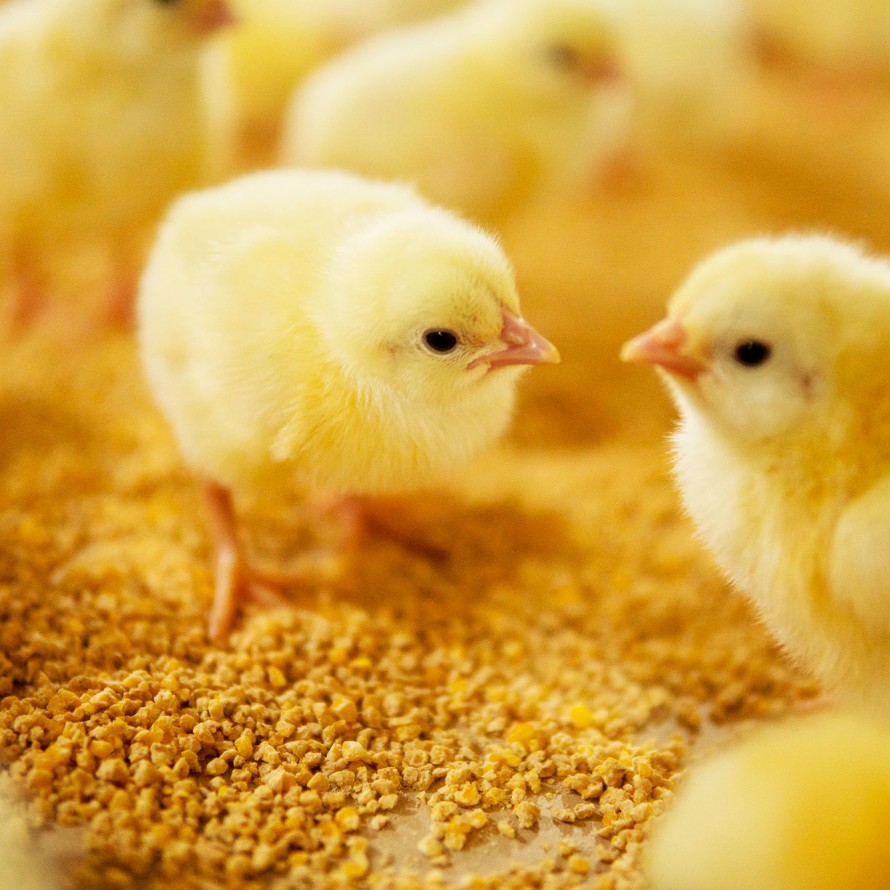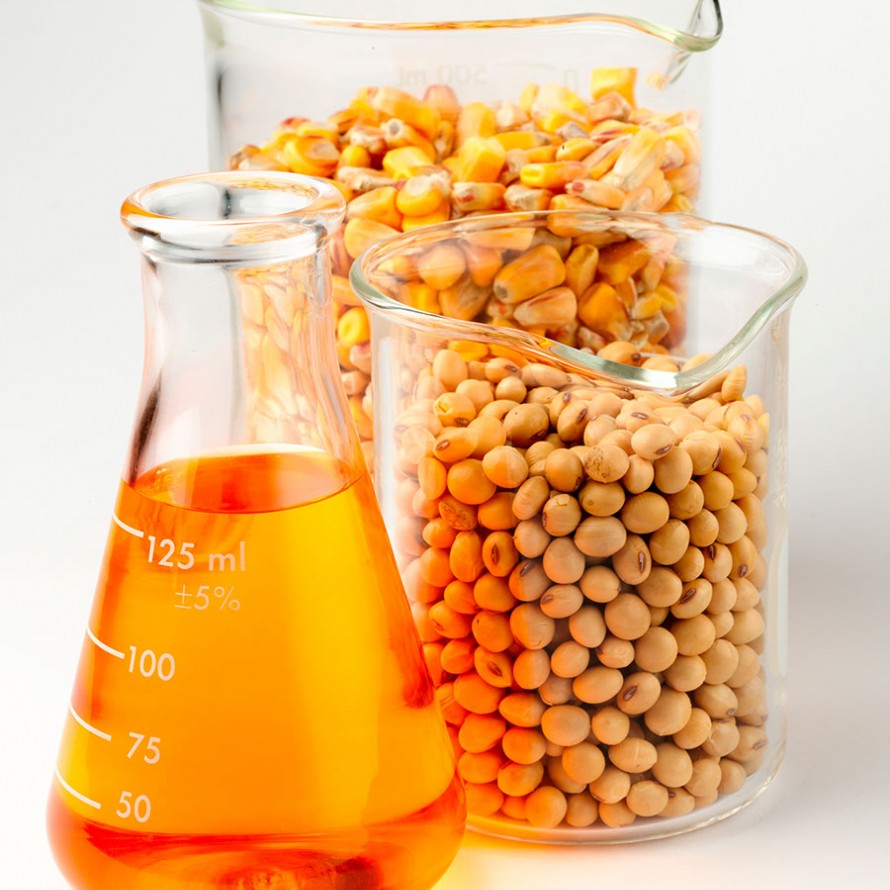How to maintain optimal feed intake in young broilers and turkeys
Potential challenges and reliable solutions
Feed intake
Modern commercial broilers and turkeys have been selected for body weight gain. They will not reach their full genetic potential unless they consume their full nutritional requirement each and every day. Therefore, feed intake is an extremely important factor that determines the rate of growth and the efficiency of nutrient utilisation.

Including best ingredients to your young birds' feed
In fast-growing modern broilers or turkey birds, we cannot solely rely on common ingredients and general management. Maintaining the optimal feed intake of these animals becomes achievable by offering them feeds that are palatable and contain ingredients with maximum nutrient digestibility.
The amino acid digestibility is relatively low in broiler chicks and turkey poults. We recommend feeding these birds with highly digestible ingredients and formulating their AA requirement somewhat higher during the first two weeks of age.
Providing young birds a feed with optimum level of dietary amino acids
Commercial poultry diets must also be balanced and provide the best energy-protein ratio (EPR), which varies according to the bird’s age, production targets, climate, etc. In all cases and stages of life, optimum feed intake, and thus maximum performance, is achieved when the protein level corresponds with the well balanced metabolisable energy (ME) levels in the diet.
It is well known that, when amino acid intake is increased in young birds during the starter period, the bodyweight of birds at slaughter is also increased. The same effect has been observed on breast meat yield too. However, less known is the fact that well balanced and boosted amino acid levels in starter diets is much more economically viable than increasing AAs in grower or finisher diets.

Including ingredients with safe level of anti-nutritional factors
Anti-nutritional factors (ANFs) are substances present in animal feed which, by themselves or with their metabolic products incorporated in the system, interfere with the feed utilisation. Production efficiency and general health are also reduced when the birds consume feeds containing ANFs that exceed threshold levels.
The relatively high protein quantity and physical quality of soybean meal makes this ingredient a valuable protein source for poultry species. However, the nutritional value of soybean meal might be affected by the presence of various ANFs.
Probably the most important factor which may reduce nutrient bio-availability in soybean meal is the plant cell wall non-starch polysaccharides. Feed intake, and consequently nutrient uptake in young chicks, is reduced when the level of ANFs in soybean meal are more than the threshold levels.
Potential challenges and reliable solution

Feed intake
Modern commercial broilers and turkeys have been selected for body weight gain...


